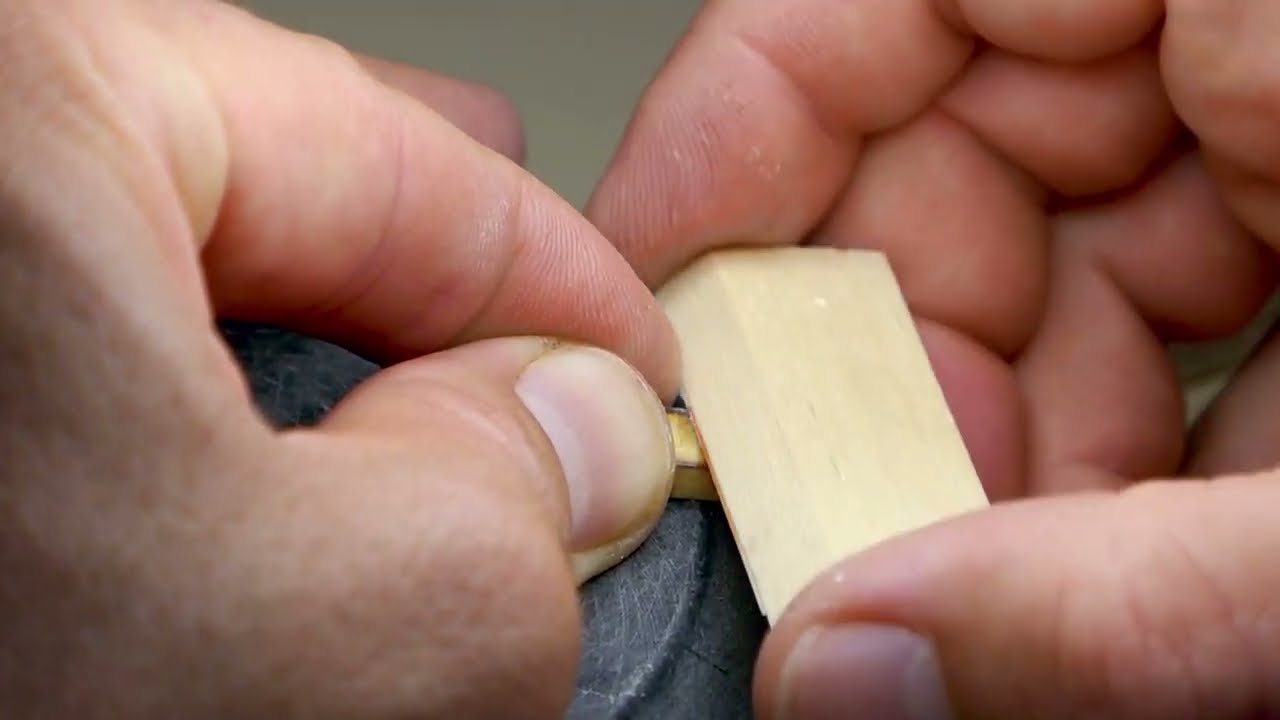A year ago, Chronométrie Ferdinand Berthoud revealed the diversity of talents associated with the Naissance d’une Montre 3 project, a timepiece with an entirely hand-developed fusee-and-chain transmission, the first of which is slated for launch in 2025.
Today, for the very first time, part of its aesthetic is revealed through its display: a new dial and hands, inspired by the work of the Master Horologist.
Chronometers as they were made in the time of Ferdinand Berthoud (1727 – 1807) were precision instruments with an exclusively functional purpose. Between 1760 and 1787, the watchmaker produced 45 maritime clocks, based on 20 different calibres. From 1793 onwards, Berthoud even abandoned all his other activities in order to concentrate his research on this subject alone.

This shows the critical importance attached to precision, chronometry and, consequently, to its display. The Naissance d’une Montre 3 project is part of this approach.

The future series of 11 watches now reveals part of its display. Following the example of Ferdinand Berthoud’s maritime clocks, the seconds hand is given pride of place in the dial centre. As was the case 250 years ago, this reflects the importance of the timepiece’s precision. The slim and functional design of the seconds hand is pared down to its simplest possible expression, resolutely dedicated to serving technology and to ensuring the clearest, most legible display. Although made entirely of flame-blued steel, the extreme thinness of this over 25 mm-long filamentary-type hand makes it extremely fragile, meaning that each stage in shaping it requires unfailing concentration and dexterity in order to avoid any damage.

The hours and minutes displays are off-centred on a single, hand-engraved 18-carat gold dial providing both indications between 1 and 2 o’clock – the former expressed by Roman numerals and the latter by Arabic numerals. In the same spirit, their associated hands are also differentiated: the minutes hand features a bevelled tip and the hours hand ends in an arrow. Nearly two days’ work are required to produce the hours hand alone, involving no fewer than 54 separate micromechanical operations for the actual making, followed by 13 decoration operations.

In strict compliance with the Manufacture-based principle governing the creation of the Naissance d’une Montre 3, the hands are entirely hand-crafted in steel, then individually flame-blued before being curved at the tip to match the rounded shape of the flange.

About “Naissance d’une Montre”
“Naissance d’une montre” is a collective watchmaking project that began in 2009 and was officially announced in 2012. The initiative brings together several houses and artisans, with the aim of preserving traditional Haute Horlogerie skills. This heritage mission that is unique in the world is based on extensive research and documentation, backed by the provision of resources that will in turn enable contemporary watchmakers to pass on this endangered heritage. All their work is recorded within the framework of a foundation specially created for this purpose: the Time Æon Foundation.

“Naissance d’une montre” is built, one chapter at a time, through the creation of timepieces developed, produced and decorated according to these traditional methods. Each timepiece stems from the work of a multi-disciplinary team entirely dedicated to it.

The third chapter of this project, driven by Chronométrie Ferdinand Berthoud, began in 2019. The first timepiece in this series of 11 is slated to be unveiled at some point in 2025.











